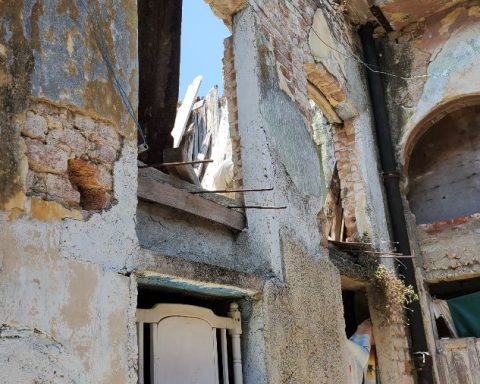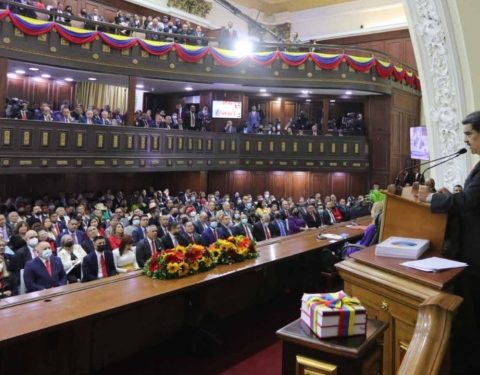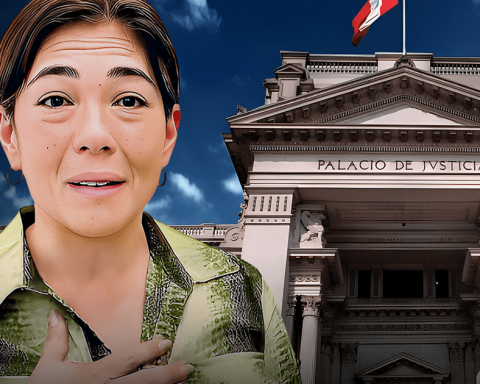MIAMI, United States. – The architecture of Havana, the capital of Cuba, has undergone significant evolution over time. The 1950s marked an important change in the urban profile of the city with the addition of large apartment, office and hotel towers that gave a new character to the Cuban metropolis, according to Cultural Heritage specialist Yaneli Leal, author of a recent article published in Cuban newspaper.
In the years prior to this architectural explosion, the city had already begun to add important tall buildings, such as the Gómez Mena Bank (1918), the Cuban Telephone Company building (1927) and the Hotel Presidente (1928). But it was the Horizontal Property Law of 1953 that really encouraged and facilitated the construction of multi-storey buildings for sale or rent.
The neighborhood of El Vedado became an epicenter for tall buildings, especially the coastal area between L and O streets. Some of the tallest apartment towers can be found here, such as the 28-story FOCSA building (1956). and the Someillan (1957) with 32 floors.
Vedado is also home to a series of buildings recognized with the Gold Medal of the College of Architects, such as the Retiro Odontológico building (1955) and the Medical Insurance Building (1958), both projects by the architect Antonio Quintana.
Despite the hiatus in skyscraper construction due to political changes in 1959, the 1970s saw the addition of towers with 12 or more stories in several Cuban cities, although their design and location were often criticized.
The 1990s brought a new wave of skyscraper construction with the opening of the country to tourism. Large hotels were built, such as the Neptuno (1991) and the Meliá Cohiba (1993), in Havana, and the Meliá Santiago de Cuba (1991) in Santiago de Cuba.
Today, the construction of new skyscrapers in Havana is focused on hotels and condominiums for foreigners, such as the Atlantic building (2007). Current projects include the two 26-story Grand Aston towers (2022), the 27-story Grand Muthu (2023), a building under construction on 1st. and B (Vedado) that will have about 30 floors, and a colossal hotel at 25 and K, still under construction, that will have 42 floors.
Despite the rich Cuban architectural tradition, most of these new projects are designed and executed by foreign firms, which has generated some criticism and concern in the local community. The perception is that these new additions to the Havana skyline represent a lack of respect for the city’s history and architectural heritage, and are not necessarily seen as a symbol of progress.
Furthermore, these large-scale developments seem to be disconnected from the real needs of the country, its limited economic resources and proper planning. The new towers, while impressive in height and scale, are perceived as a disproportionate investment compared to the urgent needs in other vital services for Cuban society. In addition, these buildings, built to attract foreign tourism, often do not align with the tourist demand of the capital and the type of tourists that visit it.
One of the harshest criticisms is directed at the tower under construction at 25 and K. Visible from many points in the city, this structure dwarfs the former Havana Hilton (1958), now Habana Libre, a Havana architectural icon. This project, along with others like it, is seen as an interruption in the skyline of Havana, rather than as an improvement or a sign of development.
















